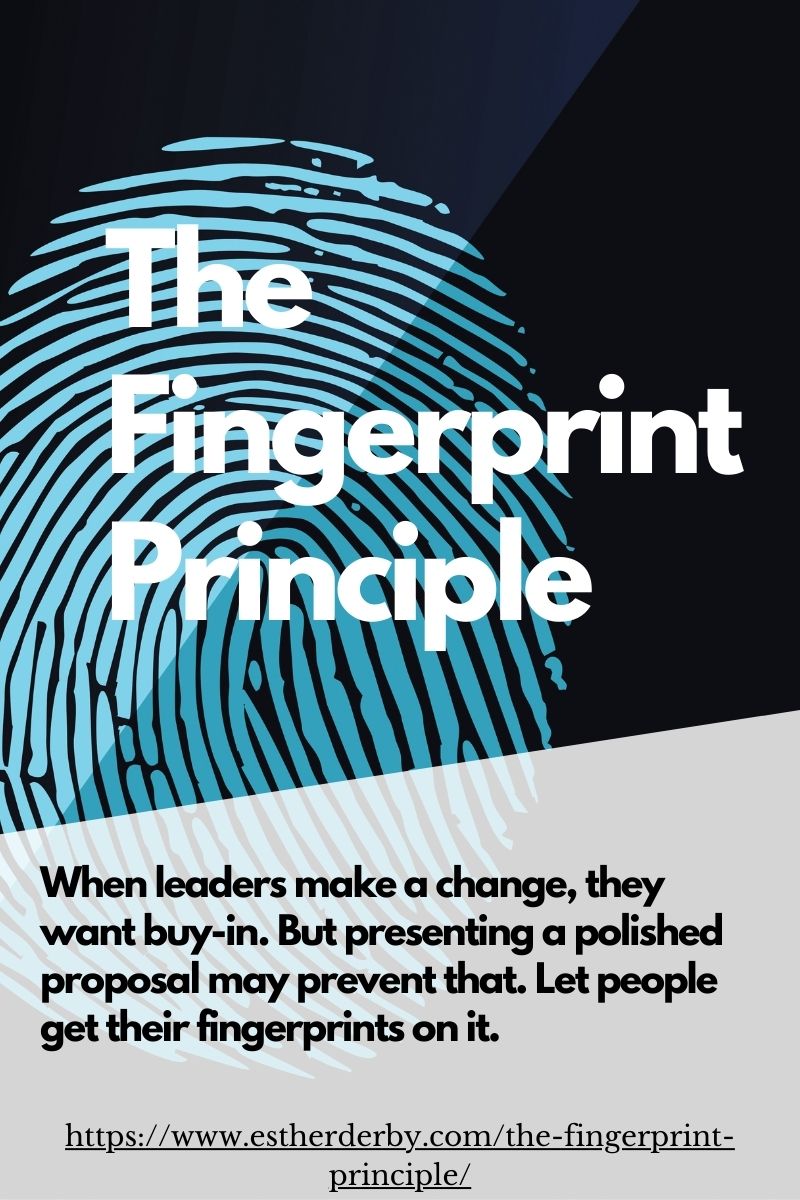I read some advice suggesting that when we’re stressed or feeling non-positive emotions because of situations out side work—the illness of a spouse or child, a divorce, or other personal problem–employees should hide their emotions and pretend to be “eager and positive.” Such bad advice. Suppressing emotions contributes to stress and illness. I hope people care about that. If that’s not a compelling reason, consider that suppressing emotions also gets in the way of work.
A Story
The other day I had conference call scheduled with a colleague, Alysa. We’d emailed back-and-forth before hand, so we had a rough agenda. It only took a few seconds to list the topics we’d agreed to.
“Where should we start?” I asked.
“Let’s start with the conference session. No, I mean the consulting proposal. Did you send me email about this?” Alysa said.
“Yep, last Tuesday,” I said.
“Oh, I guess I lost it. Sorry, I’m sort of spacey today.”
“That’s OK,” I said. “I have it right here,” and started listing the open items. Alyssa asked me to repeat them. She wanted to review items I thought we’d covered thoroughly.
Then she blurted, “Did I tell you my husband’s been laid off?” The reason for her uncharacteristically scattered response came clear.
“No….sounds like we should talk about that first,” I said.
Alysa told me the about the layoff, and how she was trying to support her husband. She cataloged what he was doing to find work. She lamented that he wasn’t following her advice, even though she is an expert on job searching. Alysa felt frustrated, anxious, worried, and angry.
We spent about five minutes talking about the situation. Then, Alysa was ready to focus. We continued the meeting, and accomplished what we set out to do.
The Paradox
Here’s the paradox: Had I admonished Alysa that her husband’s layoff wasn’t on topic, we would not have gotten our work done. Alysa would have been distracted and unfocused. On top of that, she might have felt dismissed, devalued or angry. However, taking a few minutes to acknowledge what was happening enabled us move on to productive work.
We all deal with the potential for people to be emotionally pre-occupied at work everyday. It may be an argument with a spouse or a sick child. Perhaps the school has called to report that Junior is up for detention. All sorts of events outside of work come with us when we enter the office door.
Work events can cause emotional responses, too. Mergers, re-orgs, new bosses, downsizing, and even mundane events trigger emotional responses. We don’t turn off our human-ness or our emotions when we come to work.
For the organization, ignoring emotions takes a toll on productivity. For individuals, it adds to stress and alienation. Over the long term, suppressing emotions has significant health effects.
Now, I don’t believe that we should let it all out at work. Even when we know our co-workers really well, we are in a work context. Still, we are human, and our emotions are part of what and who we are. Regulate, rather hide, fake, or ignore them.
Deal with the human first, and it will be easier to get the work done.
Here are some strategies for regulating emotions that make it to the office:
Confide
Alysa and I know each other pretty well, and it was only the two of us in the meeting. Alysa feels comfortable saying things to me that she might not choose to say in a more formal meeting.
Sometimes it’s enough to tell someone what’s going on, as Alysa did with me. If you have a good friend at work, talk with them. When we feel heard and understood it’s easier to set the matter aside (for the moment) and concentrate.
Acknowledge Emotions
Karen, a team lead in a software company, was upset because her manager, Ted, had countermanded a technical decision she had made. When Karen told Ted she was upset, Ted responded “I’ve thought about it, and there’s no reason for you to feel that way.” Karen was not soothed.
We feel what we feel, whether there’s a “reason” or not. Ted would have made more headway had he simply accepted Karen’s emotions regarding the situation. Then they could have talked about solving the problem–clarifying decision boundaries.
Notice Signs of Emotions
When working with a group to explore requirements. I noticed that one of the key experts, Rosalind, was awfully quiet. She kept looking down at her hands. When I looked more closely, I could see there were tears in her eyes. When we reached a reasonable stopping point, I called a break and called Rosalind aside.
“What’s happening for you?” I asked. Rosalind had just learned that her husband had cancer. We took the time before the break ended to decide what to do. Rosalind decided she’d stay for the session, and leave to be with her husband as soon as the meeting was over. Having that settled and telling someone what was going on allowed her set aside her worry and distress (at least for a short while).
Check-in
For a longer meeting or working session that requires everyone’s participation, consider doing a short check-in. A check-in serves as a boundary between outside and inside the meeting and allows people to say just a bit about their background noise, if they choose to. Something as small as being stuck in traffic and feeling rushed can block concentration. Saying it aloud helps let it go.
Use Available Resources
Sometimes emotional distractions last longer than a few days. Jon, a programmer on my team, faced a nasty custody negotiation when he divorced. He needed to take time off work for legal appointments and mediation. When Jon came to talk to me about it, he was worried that between the emotions, stress, and time off, his work would suffer.
While I did listen with empathy, I didn’t try to be Jon’s confidant. I did act as part of his support system by helping him avail resources. I put Jon in touch with the company’s Employee Assistance Program (EAP). He found a support group for divorcing dads. I worked with Jon and HR to work out a flexible schedule with him. Jon remained productive at work.
If your company has an EAP, you usually don’t need to wait for your manager to bring it up. It’s there for you to use. There’s no shame in seeking support during a difficult life event.
Deal with Exception Cases
Once in a great while I encounter people who are unable to manage their emotions at work. If you are a manager, it is not your job to be a therapist or to fix employees. When someone is consistently unable to focus on work, coach the employee to obtain appropriate professional help.







Most every situation in an organization deals with a people issues. The better organizations understand this and work to accomodate both work and home needs.